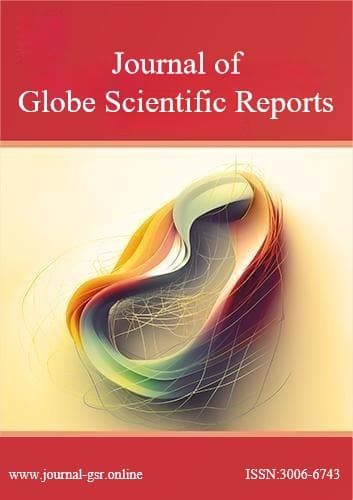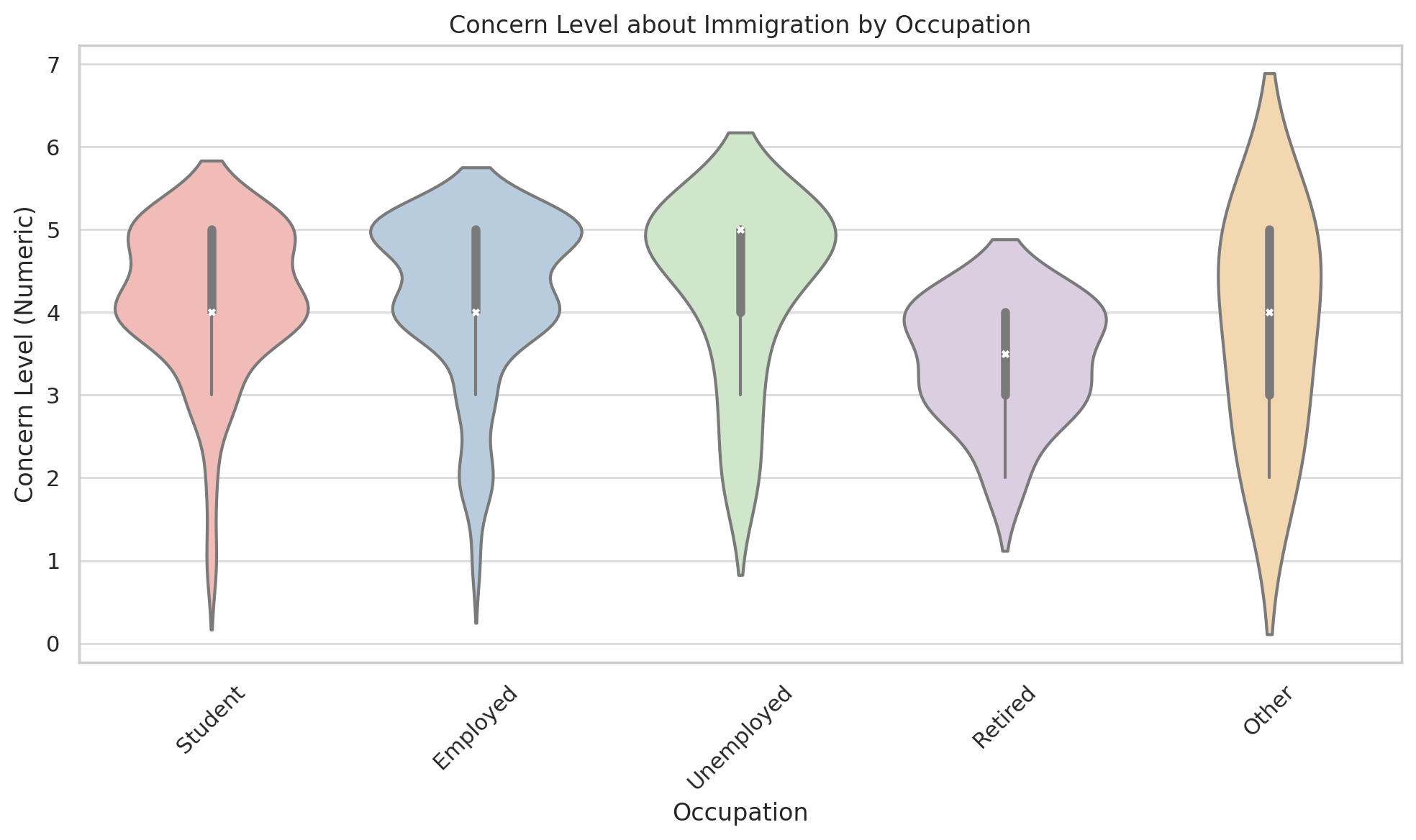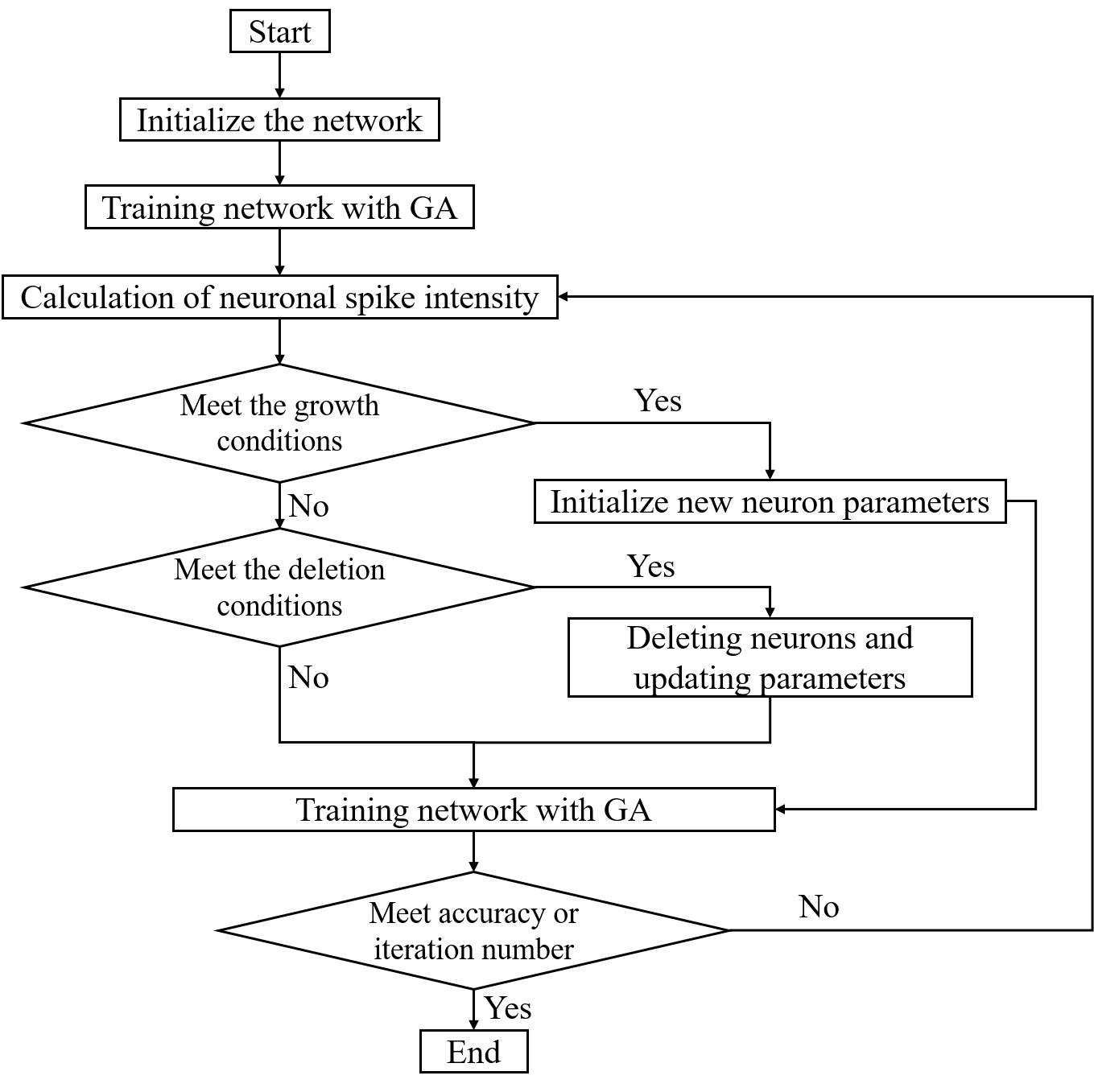 An open access journal
An open access journal
Research on International Communication and Localised Adaptation of Dragon and Lion Culture: Taking the Confucius Institute of Veliko Ternovo University in Bulgaria as an Example
Abstract
In today's globalized world, cultural exchange and dissemination have become vital links connecting people from different countries and regions. The dragon and lion dance culture, a gem of traditional Chinese culture, has showcased its powerful vitality on the international stage with its unique artistic charm and profound cultural heritage. However, how to achieve its localization in foreign countries is a subject that requires in-depth research and discussion. The Confucius Institute at Veliko Tarnovo University in Bulgaria, as a crucial platform for cultural exchange between China and Bulgaria, is committed to promoting Chinese language teaching and disseminating Chinese culture. It has successfully introduced dragon and lion dance activities to Bulgaria and facilitated their dissemination and popularization through various cultural events, providing new insights into international cultural dissemination. This study uses this Confucius Institute as a case to explore the issues of international dissemination and localization of dragon and lion dance culture, revealing the underlying cultural logic and dissemination mechanisms.
Share and Cite
Article Metrics
References
- Imon Sharif Shams. Relationship between cultural spaces and continuity of a tradition: The case of Drunken Dragon Festival in Macao[Z]: Unesco Publishing, 2015: 237.
- Yang Xuyan. “ Inheritance and Promotion of Traditional Folk Sports in the Context of \"One Belt, One Road\" - Taking Dragon and Lion Dance as an Example.[J]. Advances in Physical Sciences, 2024: 373.(in Chinese)
- Chantamala Ourarom. Maintaining ethnicity and social networks: Engkor lorgow, lion, dragon dance, performing arts of the Chinese ethnic group in Udonthani Province[J]. Academic Journal of Interdisciplinary Studies, 2020(6).
- Beng Tan Sooi. The lion dances to the fore: Articulating Chinese identities in Penang and Medan[J]. National Museum of Ethnology, 2007: 63-78.
- Qiang Feng. Dragon dance in Tu village: Social cohesion and symbolic warfare[J]. Ido Movement for Culture: Journal of Martial Arts Anthropology, 2013: 1-9.
- Chen Yan-hong. Research on the Function of Dragon and Lion Dance under the Background of the National Fitness[J]. Destech Transactions on Social Science Education and Human Science Doi, 2017






